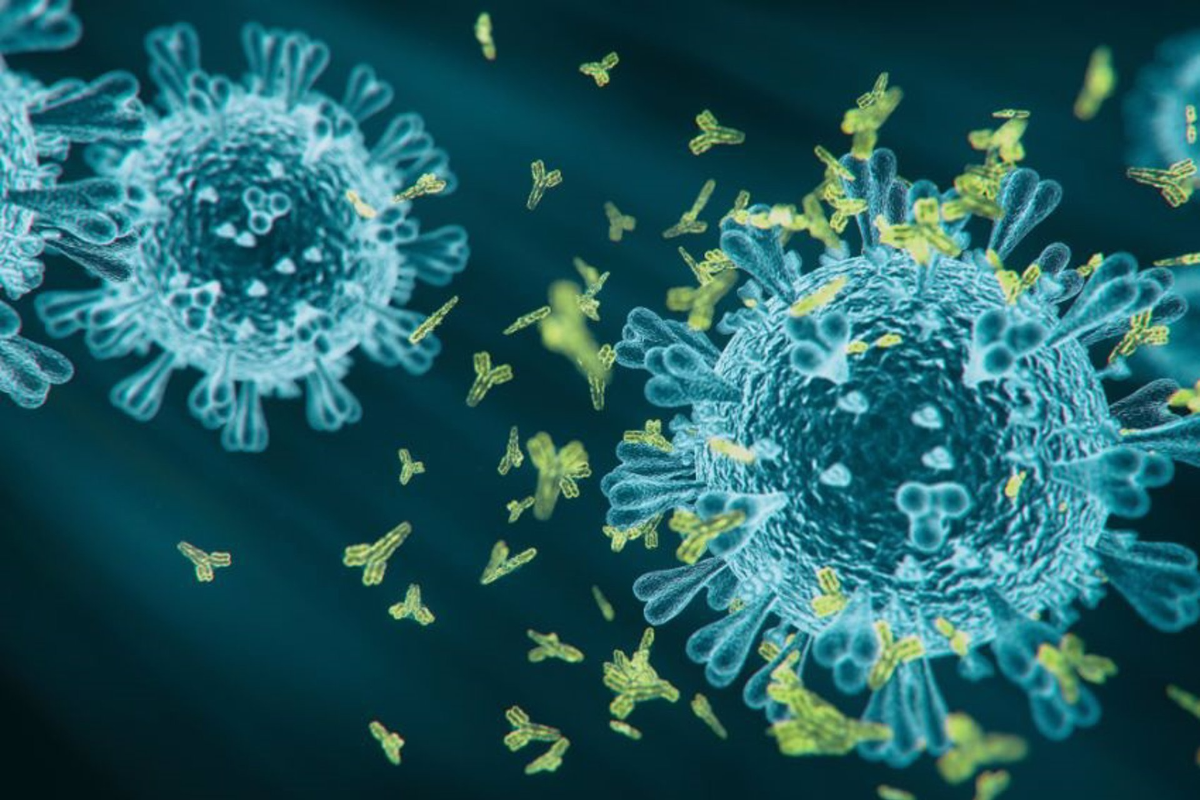![[Translated article] Epidemiologic Profile of the Main Bacterial Sexually Transmitted Infections During the SARS-CoV-2 Pandemic](https://multimedia.elsevier.es/PublicationsMultimediaV1/item/multimedia/thumbnail/S0001731022010079:gr1.jpeg?xkr=ue/ImdikoIMrsJoerZ+w9/t1/zx4Q/XH5Tma1a/6fSs=)
Background and objective
The COVID-19 pandemic brought about social changes in 2020 and 2021. The aim of this study was to evaluate the epidemiologic profiles of the main sexually transmitted infections (STIs) of bacterial origin (chlamydia, gonorrhea, and syphilis) diagnosed during this period and compare them to findings from previous years.
Material and methods
Drawing on data from Hospital General Universitario in Valencia, Spain, we recorded the number of chlamydia, gonorrhea, and syphilis cases diagnosed monthly by multiplex polymerase chain reaction (PCR) in 2018–2021 and the number of PCR-confirmed SARS-CoV-2 cases diagnosed monthly in 2020–2021. We also collected clinical and demographic information on all patients diagnosed with STIs during the years studied.
Results
The total number of STIs diagnosed increased from 570 in 2018–2019 to 664 in 2020–2021. PCR positivity rates were similar in the 2 periods, but the incidence rates were higher during the pandemic. The chronologic correlation between SARS-CoV-2 and STI positivity was negative. Mean age at diagnosis was 29.64 years (95% CI, 19.33–41.14 years) for chlamydia, 30.86 years (95% CI, 20.24–42.45 years) for gonorrhea, and 37.04 years (95% CI, 26.01–51.00 years) for syphilis. The number of men diagnosed with chlamydia increased by 13.85% (95% CI, 6.39–21.08; p=.0003) during the pandemic.
Conclusions
We observed a negative correlation between SARS-CoV2 infections and STIs during the pandemic and an increase in chlamydia cases among men. STI cases rose during 2020–2021, indicating that they remain a significant problem that needs to be addressed in young and adult populations.


